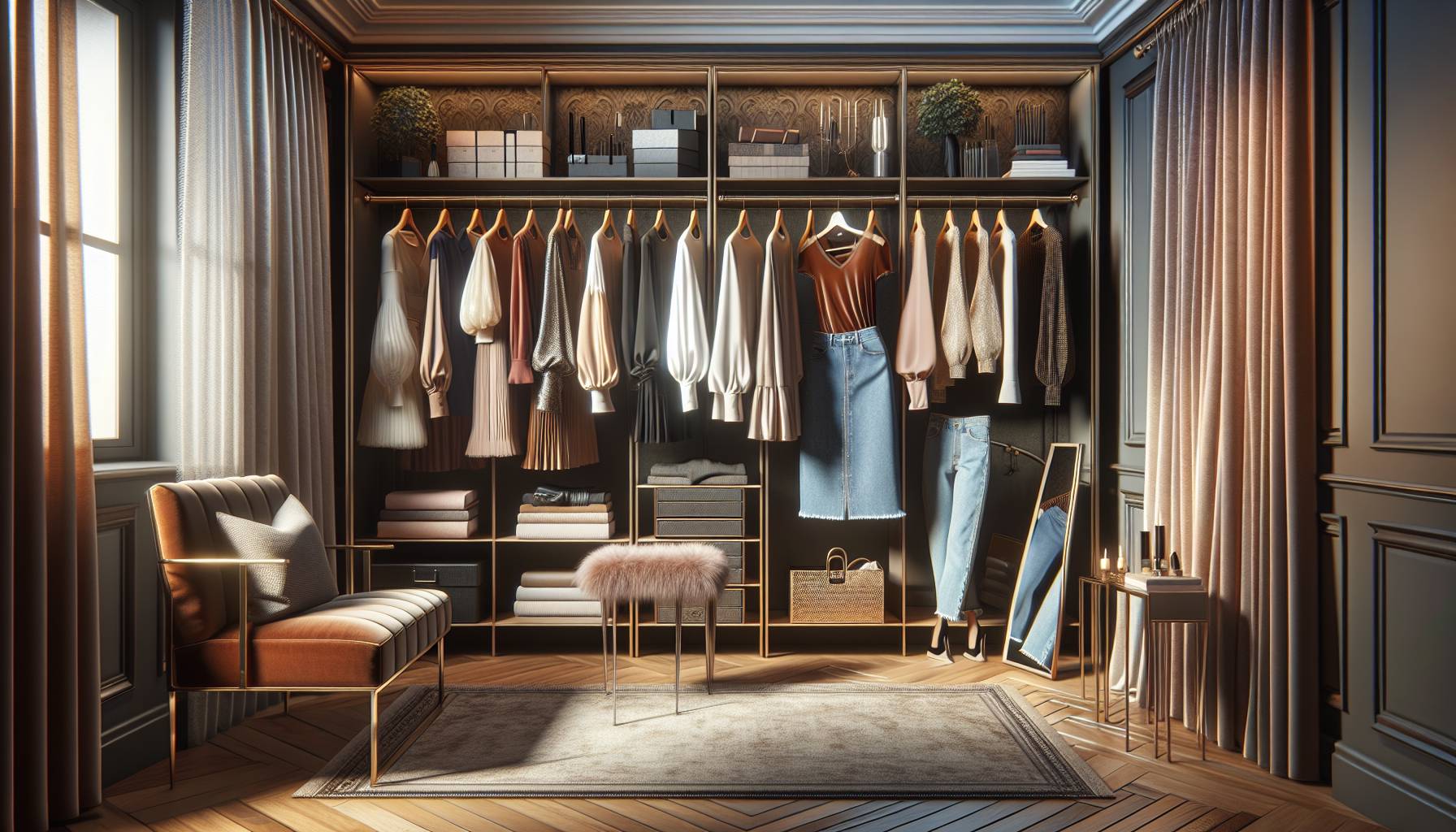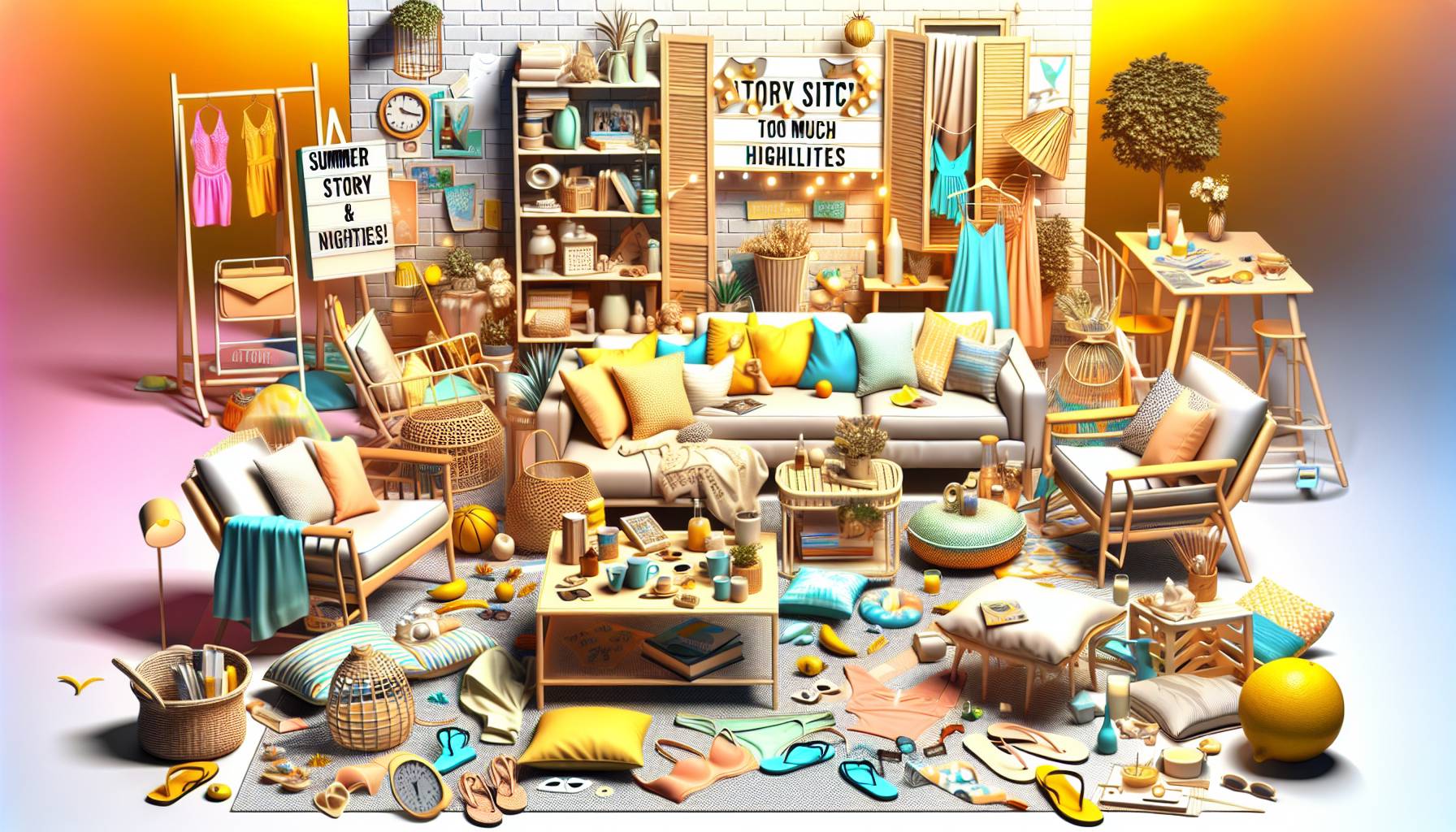blending practicality and style
In the ever-evolving world of fashion, the fusion of practicality and style has become a defining characteristic of modern wardrobes. This trend is particularly evident in the realm of utility-inspired gothic clothing, where functionality meets the dark, dramatic flair of gothic aesthetics. As we look towards 2025, this blend is set to redefine how we perceive and wear gothic fashion.
Utility-inspired gothic clothes are designed with the wearer’s needs in mind, offering both comfort and convenience without sacrificing the distinctive gothic style. These garments often feature multiple pockets, adjustable straps, and durable materials, making them ideal for everyday wear. The practicality of these pieces is enhanced by their ability to adapt to various environments and occasions, ensuring that wearers can maintain their unique style no matter the setting.
Moreover, the integration of practical elements into gothic fashion allows for greater versatility. Pieces such as cargo pants with a gothic twist, or jackets with detachable hoods and sleeves, provide wearers with options to customize their look according to their personal preferences and the demands of their day. This adaptability is a key factor in the growing popularity of utility-inspired gothic clothing.
In addition to functionality, these garments maintain the core elements of gothic fashion, such as dark color palettes, intricate detailing, and bold silhouettes. The challenge lies in balancing these aesthetic features with practical design, creating pieces that are both visually striking and highly functional. Designers are increasingly experimenting with innovative materials and construction techniques to achieve this balance, resulting in clothing that is as durable as it is stylish.
As we move forward, the demand for clothing that seamlessly blends practicality with style is expected to rise. Utility-inspired gothic fashion is at the forefront of this movement, offering a unique solution for those who wish to express their individuality while embracing the benefits of functional design. This trend not only highlights the adaptability of gothic fashion but also underscores the importance of practicality in contemporary style.
the evolution of gothic aesthetics
The gothic aesthetic has undergone a significant transformation over the decades, evolving from its origins in the Victorian era to the punk-infused styles of the late 20th century. Initially characterized by its dark, mysterious allure, gothic fashion has always been synonymous with rebellion and non-conformity. The early gothic style drew heavily from historical influences, incorporating elements such as corsets, lace, and velvet, which were often paired with dramatic makeup and accessories to create a striking, otherworldly appearance.
As the years progressed, the gothic aesthetic began to incorporate influences from various subcultures, including punk, industrial, and cyber goth. This evolution brought about a more diverse range of styles, each with its own unique take on the gothic theme. The punk influence introduced a more aggressive edge, with leather, studs, and spikes becoming prominent features. Meanwhile, the industrial and cyber goth movements embraced futuristic elements, incorporating metallic fabrics, neon accents, and technological motifs.
In recent years, the gothic aesthetic has continued to evolve, embracing a more minimalist approach while still retaining its core elements of darkness and drama. This shift has been driven in part by the growing influence of streetwear and the desire for more practical, wearable clothing. As a result, modern gothic fashion often features streamlined silhouettes, monochromatic color schemes, and subtle detailing, allowing for greater versatility and ease of wear.
The evolution of gothic aesthetics has also been influenced by the increasing focus on sustainability and ethical fashion. Designers are now more conscious of the materials they use and the impact of their production processes, leading to the incorporation of eco-friendly fabrics and practices. This shift towards sustainability has not only broadened the appeal of gothic fashion but has also paved the way for innovative designs that challenge traditional notions of what gothic clothing can be.
As we look towards the future, the evolution of gothic aesthetics is set to continue, with designers exploring new ways to blend traditional gothic elements with contemporary influences. This ongoing transformation ensures that gothic fashion remains relevant and exciting, offering endless possibilities for self-expression and creativity.
future trends in utility fashion
As we approach 2025, the landscape of utility fashion is poised for exciting transformations, particularly within the gothic realm. Designers are increasingly looking towards technology to enhance the functionality of their creations. Smart textiles, which can adapt to environmental changes or monitor the wearer’s health, are becoming more prevalent. These innovations promise to add a new layer of practicality to gothic clothing, allowing wearers to stay connected and comfortable while maintaining their distinctive style.
Another trend gaining momentum is the incorporation of modular design elements. This approach allows garments to be easily customized or reconfigured, offering wearers the flexibility to adapt their outfits to different occasions or moods. For instance, a gothic coat might feature detachable sleeves or interchangeable panels, enabling a seamless transition from day to night or from casual to formal settings. This adaptability not only enhances the garment’s utility but also aligns with the gothic ethos of individuality and self-expression.
Sustainability continues to be a driving force in the fashion industry, and utility-inspired gothic fashion is no exception. Designers are increasingly turning to recycled materials and eco-friendly production methods to create garments that are both stylish and environmentally conscious. This shift towards sustainability is reflected in the use of organic cotton, recycled polyester, and innovative materials like mushroom leather, which offer a cruelty-free alternative to traditional leather.
Furthermore, the influence of global streetwear trends is evident in the evolving silhouette of utility gothic fashion. Expect to see a blend of oversized and fitted pieces, with an emphasis on layering and texture. This fusion of styles not only enhances the visual appeal of the garments but also adds to their practicality, allowing for greater freedom of movement and comfort.
As these trends converge, utility-inspired gothic fashion is set to redefine the boundaries of style and functionality. By embracing technological advancements, sustainable practices, and innovative design, this genre of fashion offers a glimpse into a future where clothing is not only an expression of personal identity but also a tool for navigating the complexities of modern life.
blending practicality and style
In the ever-evolving world of fashion, the fusion of practicality and style has become a hallmark of modern design, especially in the realm of gothic-inspired attire. As we look towards 2025, this trend is set to redefine how we perceive utility in fashion, merging the dark allure of gothic aesthetics with the functional demands of contemporary life.
Imagine garments that not only captivate with their dramatic silhouettes and intricate detailing but also serve a purpose beyond mere adornment. This is where utility-inspired gothic fashion steps in, offering pieces that are as functional as they are visually striking. From multi-pocketed coats that provide ample storage for the urban explorer to convertible dresses that transition seamlessly from day to night, the emphasis is on versatility without compromising on style.
In Australia, where the climate can vary dramatically, the practicality of these designs is particularly appealing. Lightweight, breathable fabrics are paired with weather-resistant materials, ensuring comfort and durability. The use of innovative textiles, such as moisture-wicking and thermoregulating fabrics, further enhances the functionality of these garments, making them ideal for the diverse Australian landscape.
Moreover, the colour palette remains true to gothic roots, with deep blacks, rich purples, and dark greens dominating the scene. However, these are often accented with reflective or metallic elements, adding a modern twist that enhances visibility and safety, particularly in low-light conditions.
Accessories, too, play a crucial role in this blend of function and fashion. Think of belts with hidden compartments, boots with detachable soles for different terrains, and bags that transform into backpacks or crossbody styles. Each piece is designed with the wearer’s lifestyle in mind, ensuring that practicality never takes a backseat to style.
As we embrace this new era of utility-inspired gothic fashion, it becomes clear that the future of style lies in its ability to adapt and serve the needs of the wearer, all while maintaining an undeniable edge and sophistication.
the evolution of gothic fashion
The gothic fashion movement has always been a fascinating blend of rebellion, mystery, and elegance. Originating in the late 1970s and early 1980s, it emerged as a subculture that challenged mainstream norms with its dark, romantic, and often theatrical aesthetic. Over the decades, gothic fashion has evolved, drawing inspiration from various historical periods, music genres, and cultural movements.
In its early days, gothic fashion was heavily influenced by the punk scene, characterised by its DIY ethos and a penchant for black clothing, leather, and lace. As the movement grew, it began to incorporate elements from Victorian and Edwardian fashion, introducing corsets, long flowing skirts, and elaborate accessories into the mix. This evolution was not just about aesthetics; it was a statement of individuality and a rejection of conventional beauty standards.
By the 1990s, gothic fashion had become more mainstream, with designers like Alexander McQueen and Vivienne Westwood incorporating gothic elements into their collections. This period saw the rise of the ‘gothic chic’ look, which blended high fashion with the dark, moody elements of the gothic subculture. The use of luxurious fabrics, intricate detailing, and dramatic silhouettes became hallmarks of this style.
As we move into 2025, gothic fashion continues to evolve, embracing modern technology and sustainability. Designers are experimenting with innovative materials, such as biodegradable fabrics and 3D-printed accessories, to create pieces that are not only visually striking but also environmentally conscious. The integration of technology, such as LED lighting and smart textiles, adds a futuristic edge to traditional gothic designs.
In Australia, the gothic fashion scene is thriving, with local designers putting their unique spin on this timeless style. The country’s diverse climate and landscape have inspired a more practical approach to gothic fashion, incorporating elements that cater to both urban and rural settings. This includes the use of lightweight, breathable fabrics that are suitable for the Australian heat, as well as weather-resistant materials for those unpredictable rainy days.
The evolution of gothic fashion is a testament to its enduring appeal and adaptability. As it continues to transform, it remains a powerful form of self-expression, allowing individuals to explore their identity and make a bold statement in an ever-changing world.

